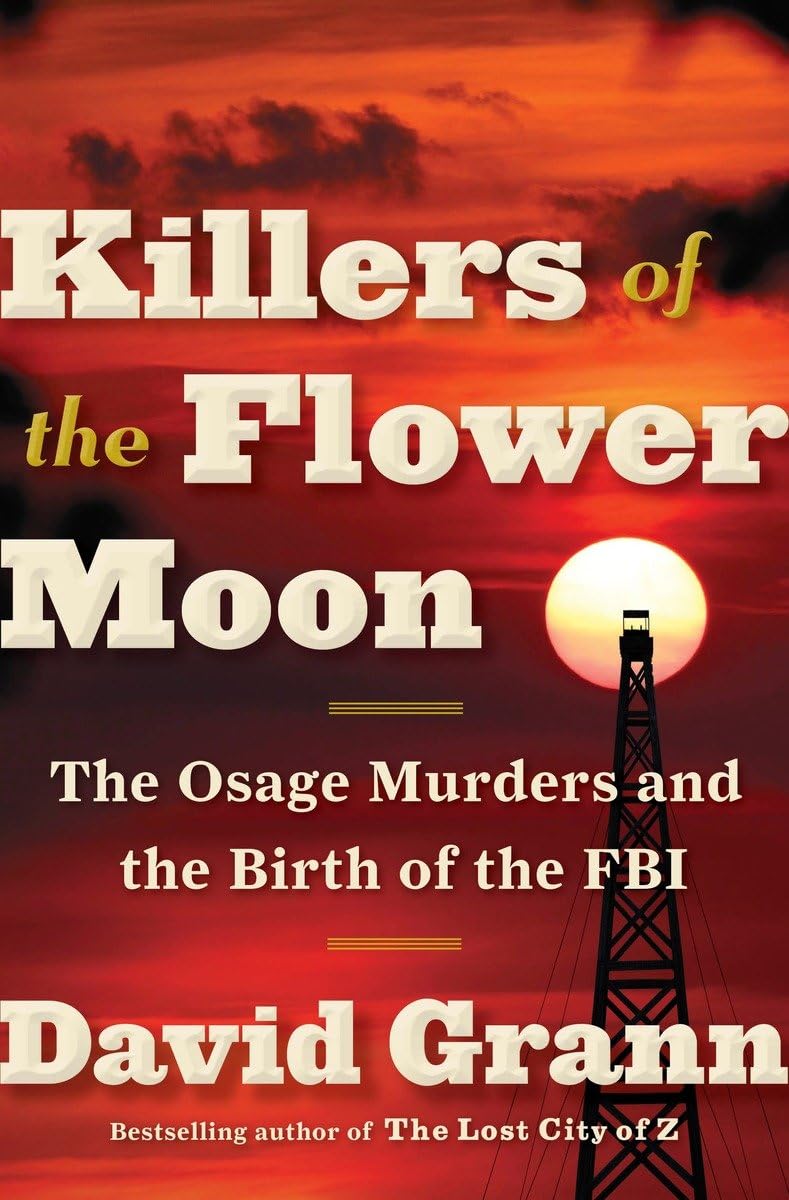Chapter 10: Eliminating the Impossible
byIn Chapter 10, Eliminating the Impossible, Agent Tom White orchestrates an elaborate undercover operation to infiltrate Osage County, deploying a team of agents with carefully crafted identities to extract intelligence from both suspects and unsuspecting townspeople. Among them, a former sheriff assumes the role of a Texas cattleman, an ex-Texas Ranger uses his charm to blend into the community, and an insurance salesman sets up shop in Fairfax, positioning himself to overhear valuable conversations. One of the most unusual disguises belongs to Agent Wren, who poses as an Indian medicine man, giving him direct access to the Osage community and its inner circles while gathering information without raising suspicion. By eliminating the impossible, White aims to narrow down the suspects and expose the truth hidden beneath layers of deception.
White’s strategic approach stems from the formidable challenges faced by previous investigations, where corruption, intimidation, and destroyed evidence had repeatedly derailed efforts to bring justice. Almost immediately, his team encounters missing records, crime scenes that have been tampered with, and key documents that have mysteriously vanished, reinforcing the theory that powerful figures are deliberately obstructing the investigation. However, a breakthrough occurs with the discovery of Anna Brown’s skull, which provides a crucial forensic clue, allowing investigators to determine the caliber of the weapon used in her murder and confirm that the crime scene had been altered to mislead law enforcement.
As the agents dig deeper, Agent Burger, who has already embedded himself within the case, emerges as a critical ally in deciphering the maze of conflicting statements, false alibis, and manipulated evidence. Working alongside White, Burger meticulously unravels suspect timelines, eventually discrediting previous accusations against Anna’s ex-husband, Oda Brown, who had been falsely implicated as a convenient scapegoat. Meanwhile, suspicion shifts toward two individuals known for their violent tendencies—Rose Osage and her associate Joe Allen, both of whom provide conflicting testimonies that only deepen investigators’ concerns about their potential involvement in the larger scheme.
Recognizing the need for an insider’s perspective, White and Burger turn their attention to Kelsie Morrison, a notorious figure with deep connections to the criminal underworld in Osage County. To secure his cooperation, White offers a deal to drop an outstanding warrant against him in exchange for information, hoping that Morrison’s proximity to the suspects will yield valuable leads. However, dealing with an informant of Morrison’s reputation is fraught with risk, as his history of deceit and opportunism raises serious concerns about his reliability and potential for betrayal.
To ensure that Morrison’s involvement remains under control, White and his team employ early forensic techniques, such as Bertillonage measurements and fingerprinting, to keep track of his activities and authenticate any evidence he provides. This approach reflects the growing intersection of traditional detective work and emerging forensic science, demonstrating White’s commitment to using every available tool to build an airtight case. At the same time, the stakes continue to rise, as those benefiting from the Osage murders become increasingly desperate to silence witnesses, eliminate evidence, and maintain their grip on power.
The investigation, which had once seemed like a scattered collection of unsolved crimes, now appears to be an orchestrated conspiracy involving multiple layers of corruption, financial fraud, and premeditated violence. White and his agents begin to understand that they are not merely tracking down individual killers, but rather dismantling an entire system of exploitation that has allowed wealthy white men to seize control of Osage wealth with impunity. With the undercover agents embedded deep within the community, new witnesses coming forward, and forensic science offering fresh insights, the case edges closer to revealing the full scope of the crimes.
As the chapter draws to a close, the investigation reaches a dangerous tipping point, with White and his team walking a fine line between uncovering the truth and putting themselves in grave danger. The Osage community, long accustomed to injustice and betrayal, watches anxiously as the Bureau makes incremental progress in unraveling the conspiracy. The tension continues to build, setting the stage for major revelations and confrontations that will challenge the limits of justice in a town where power, greed, and deception have dictated the rules for far too long.


